OCCAR awards contract for Boxer JFST
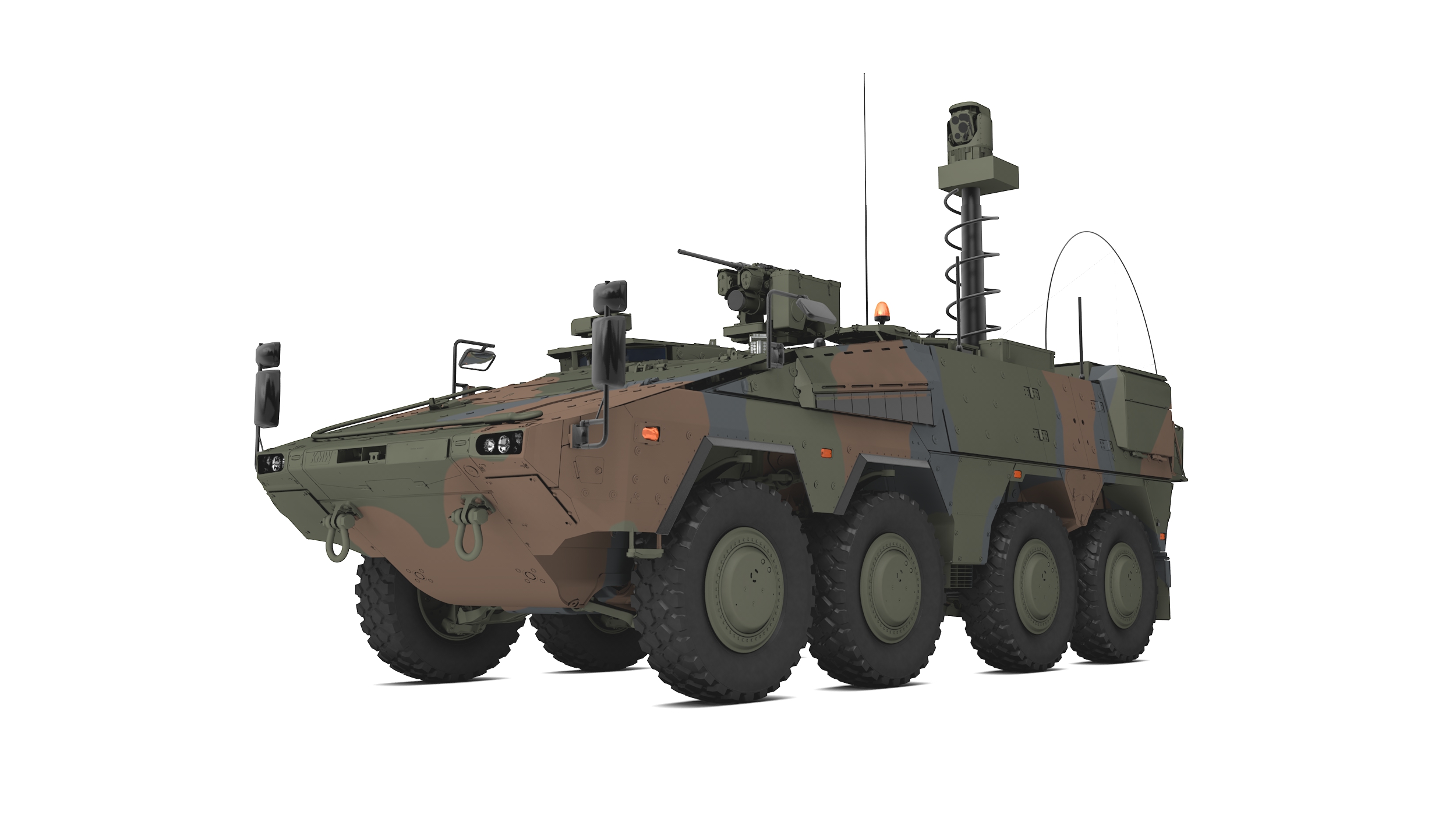
The Organisation Conjointe de Coopération en Matière d’Armement (OCCAR), a joint-European organization responsible for program management and procurement of military materiel, has awarded a contract for the development of the heavy joint fire support team JFST variant of the Boxer to ARTEC. The heavy joint fire support team Boxer variant’s development is funded by the German government and meant for the Bundeswehr, which has issued a requirement for such a vehicle given the limited stowage capacity of the Fennek JFST variant. The larger and better protected Boxer JFSTsw (sw for schwer) can carry large mission kits that otherwise would require two different Fennek vehicles. ARTEC is a joint-venture between the German companies Krauss-Maffei Wegmann (KMW) and Rheinmetall, it is responsible for the development and production of the multi-role armored vehicle (MRAV) Boxer.
On the 23rd of June 2021 the budget committee of the German parliament approved the budget request of €88.2 million for the development of the Boxer JFSTsw version. OCCAR’s contract for the development and production of two JFSTsw prototypes based on the latest Boxer A2 drive module (fitted with the new JFST mission module) has a value of approximately €70 million.
According to OCCAR’s press release, the Boxer JFSTsw will be fitted with Thales’ Stabilised Panoramic Above Armour Gimbal (PAAG) JFS (Joint Fire Support) sight mounted on a telescopic mast, as well as a Kongsberg M153 Protector remotely operated weapon station (RWS). The vehicle is fully compliant with the STANAG 4754 standard for the NATO generic vehicle architecture (NGVA). The 3D rendering featured in OCCAR’s press release shows that the Boxer JFSTsw apparently also features Elbit Systems’ ELAWS laser warning system, which warns the vehicle’s crew when it is being targeted/ranged by an enemy using a laser rangefinder.
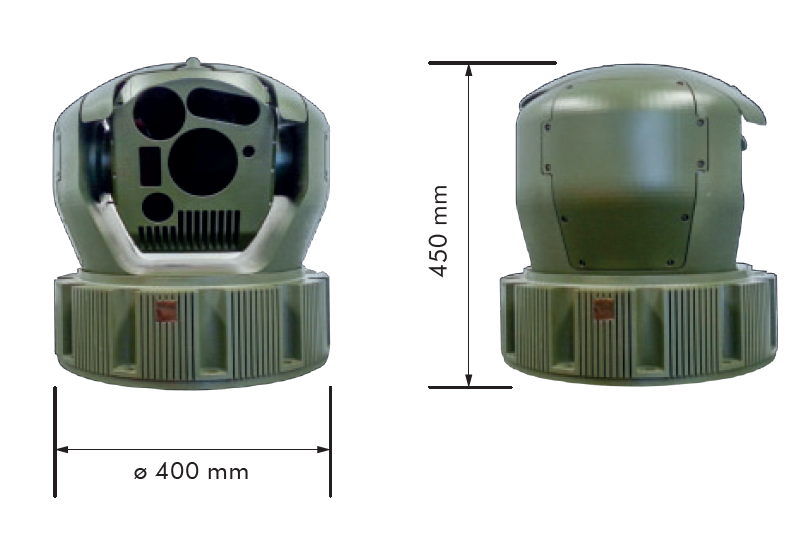
Thales’ PAAG sight is fully stabilized and typically contains a Catherine-MP (megapixel) thermal imager operating in the mid-wave section of the infrared spectrum (MWIR), a full HD (1,920 x 1,080 pixel) resolution TV camera and a class 1 laser rangefinder with more than ten kilometres range, though due to its modular nature, the PAAG sight can be expanded further. Options include an integrated laser target designator, a SWIR sensor, a missile guidance laser and/or laser pointer. For a joint fire support vehicle, the PAAG is likely configured to feature at least a laser target designator and/or guidance laser. Despite its name, the Catherine-MP thermal imager uses a 640 x 512 element focal plane array and a micro-scanner to reach effectively an SXGA output resolution of 1,280 x 1,024 pixels.
Based on Thales’s marketing material, the Stabilised Panoramic Above Armour Gimbal can identify targets at day and night at distances greater than four kilometres. Vehicle-sized targets can be detected at up to 24 kilometres distance, recognized from thirteen kilometres away and identified beginning at about seven kilometres distance, though it has not been stated by the manufacturer whether this refers to the performance of the thermal imager or the daylight camera. This high level of performance is understood to be largely related to the sights optical construction, which allow continuous zoom with high levels of magnification. The sight can also operate (presuambly temporarily) in a low power mode, which limits power consumption to just 50 watts. It has not been stated whether this low power mode degrades performance, but it seems likely given the huge amounts of power required to cool thermal imaging detector arrays.
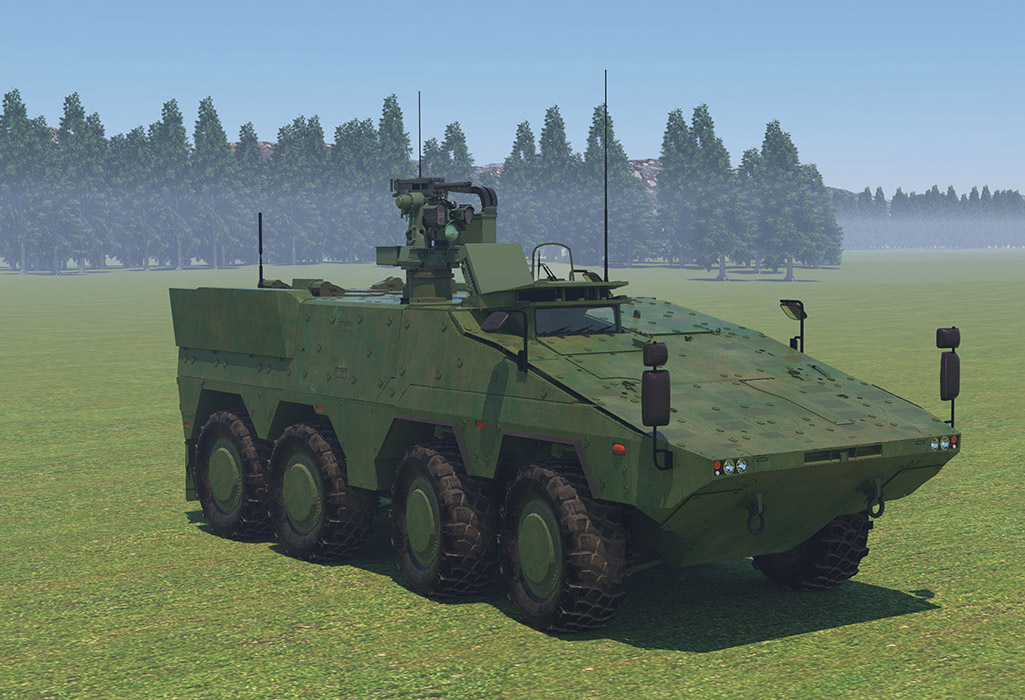
It is not been released yet, which exact features have been added or removed to the PAAG JFS version; in theory it could also been fitted with a German-made thermal imager such as Hensoldt’s Attica or Rheinmetall’s SAPHIR systems, which would be beneficial to the Bundeswehr’s infrastructure (variants of the Attica sight are also used on the Puma IFV and Leopard 2A7V main battle tank) and create local value for the German industry. Likewise the choice of the RWS is odd; the Kongsberg M153 Protector has only been selected for the anti-drone variant of the Boxer – of which only ten systems are being procured. Based on these systems, it appears that the Boxer JFST sw variant is designed for potential cooperation with the Netherlands or the UK; both of these countries use Kongsberg’s RWS on the Boxer and sensors made by the local departments of Thales.

Previously ARTEC has showcased a different version of the Boxer JFSTsw design; curiously they even used it on Twitter when announcing the contract with OCCAR. This version of the Boxer JFSTsw features KMW’s FLW 200 remotely operated weapon station and what appears to be Hensoldt’s Beobachtungs- und Aufklärungsausstattung (BAA) II sight. The FLW 200 is Germany’s standard RWS for the Boxer, while the BAA II sight (with a 640 x 512 element ATTICA thermal imager, a 576p resolution day vision camera, a laser rangefinder and a laser pointer/illuminator) is in active use with the Fennek JFST variant.

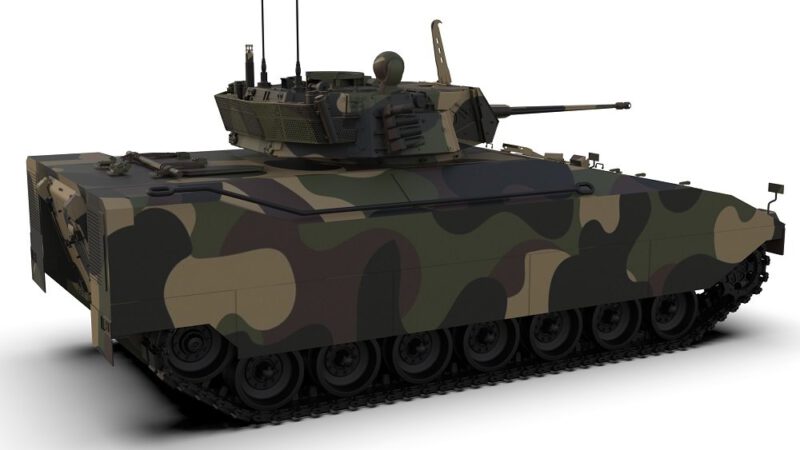
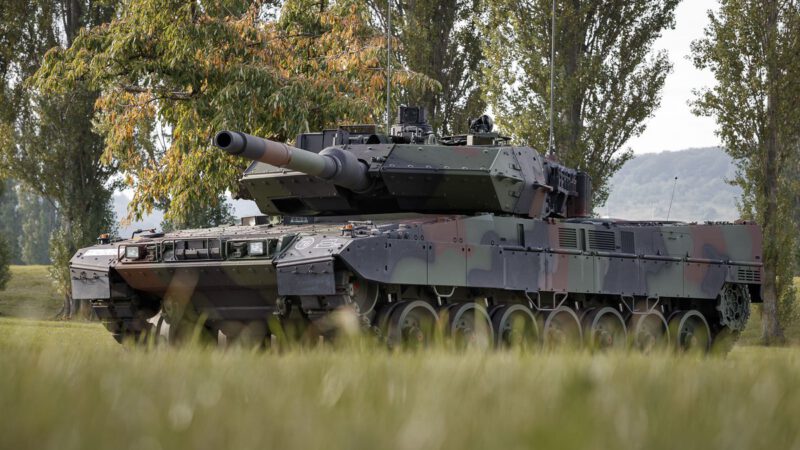


Congratulations!!! You are back. By much the best armored news and analysis site in the internet. Long wait since 2018.